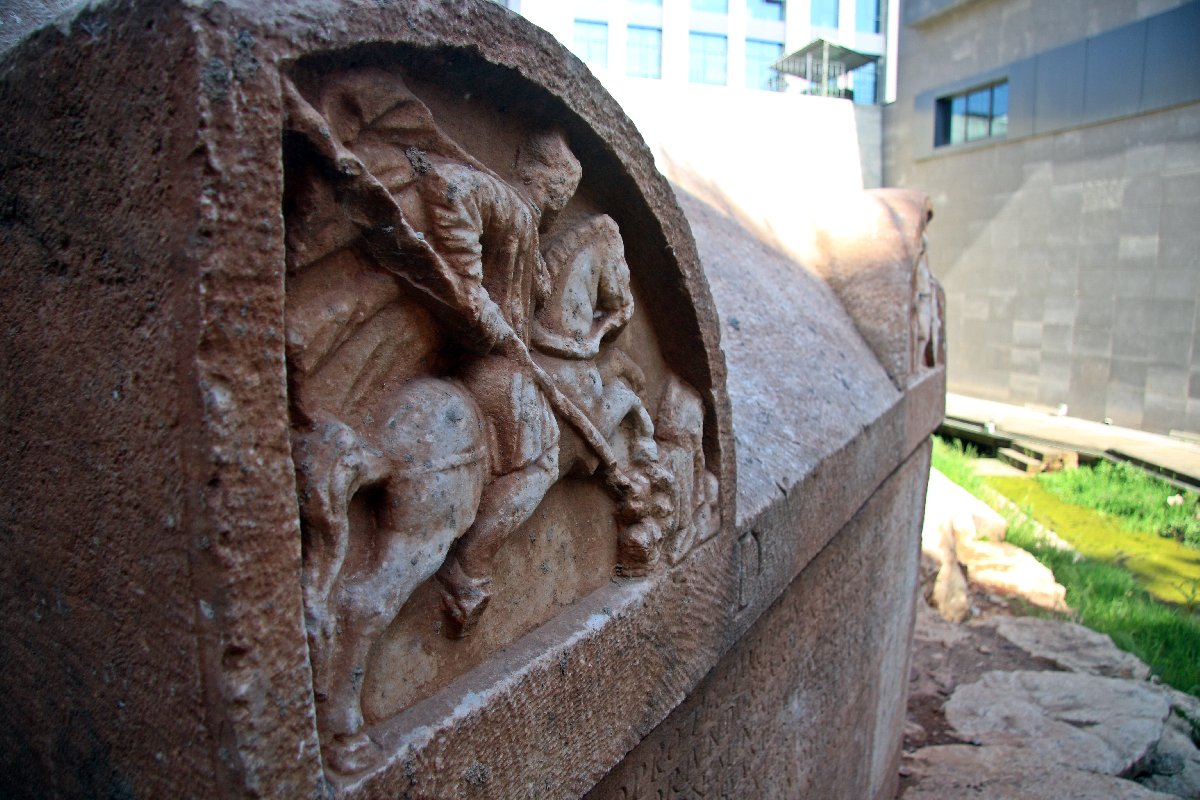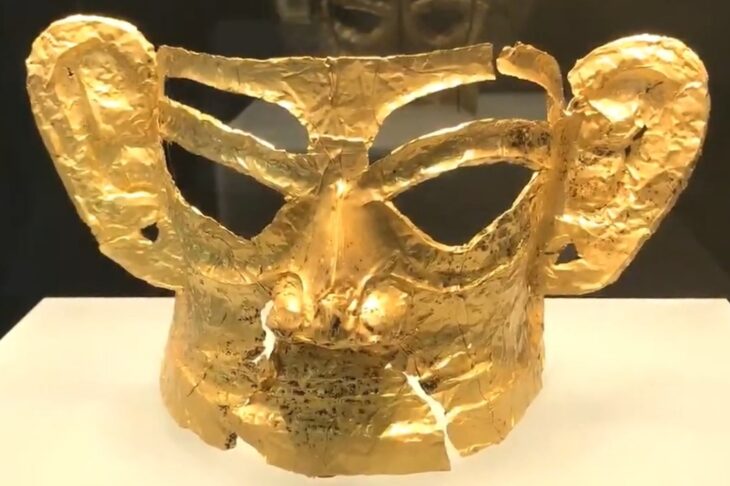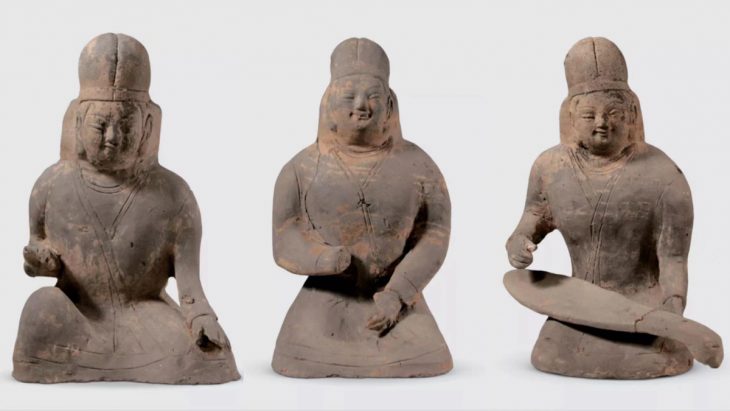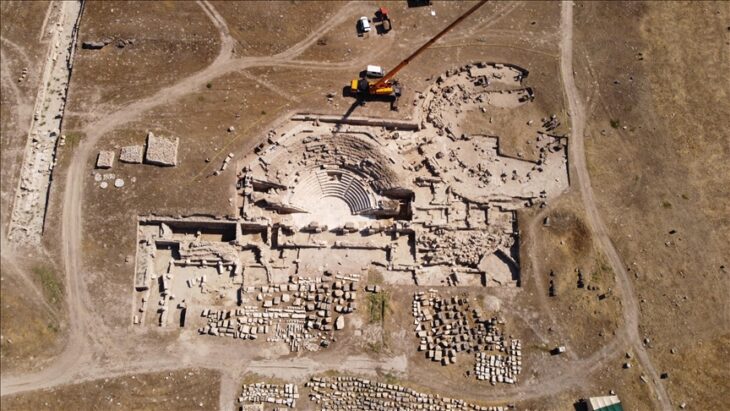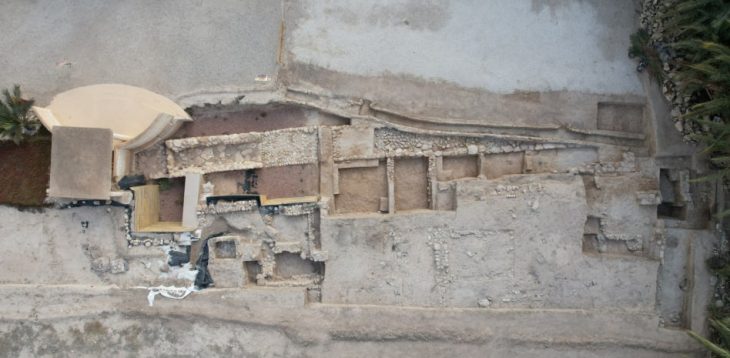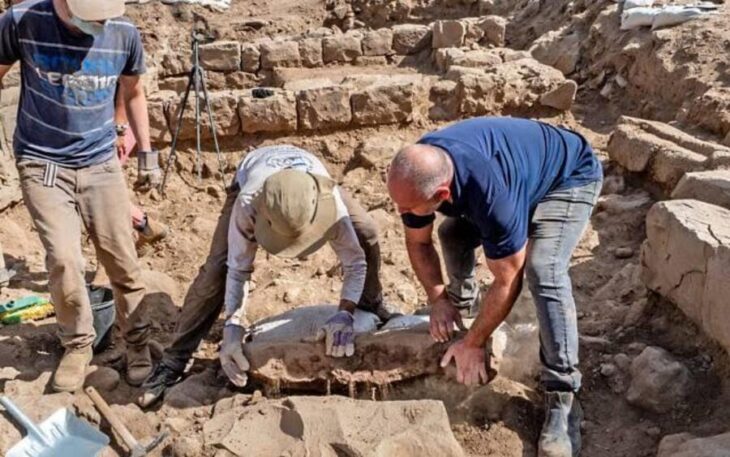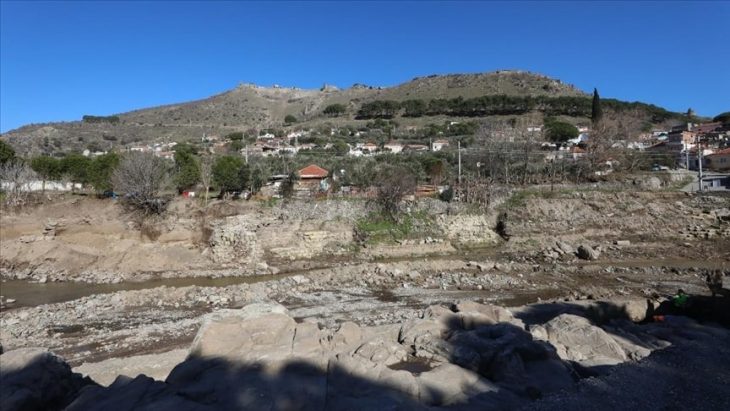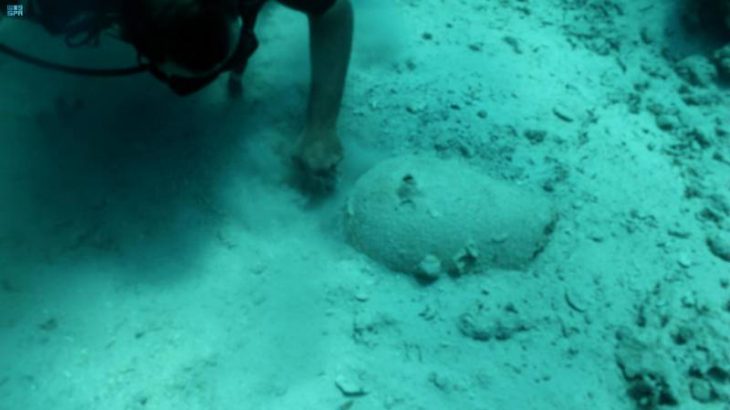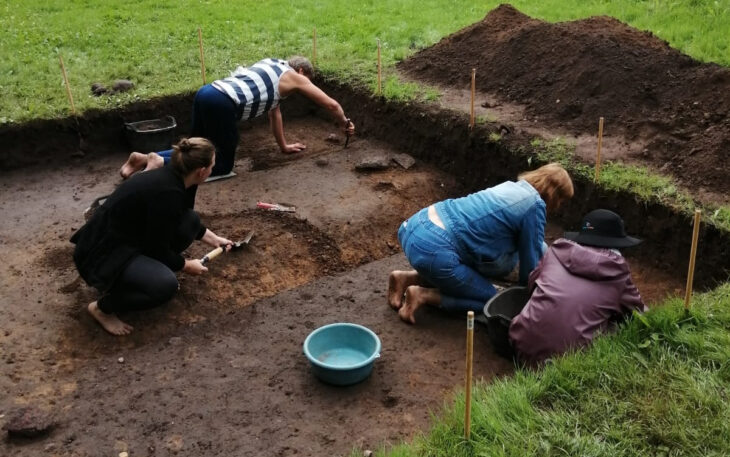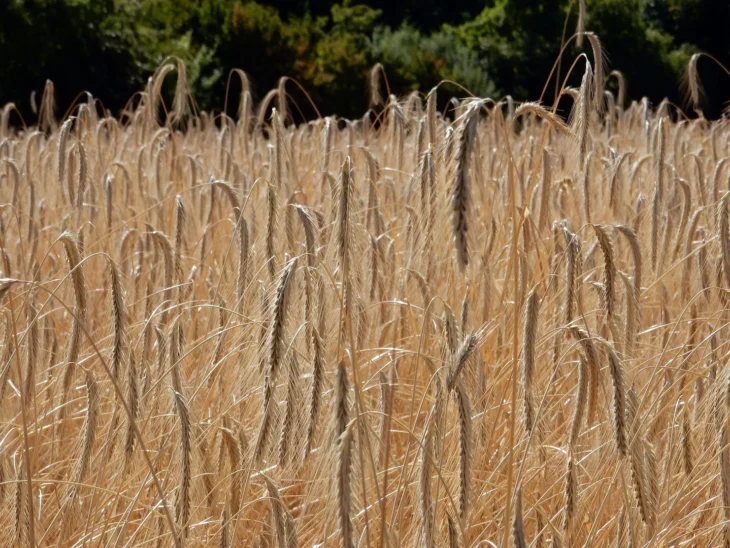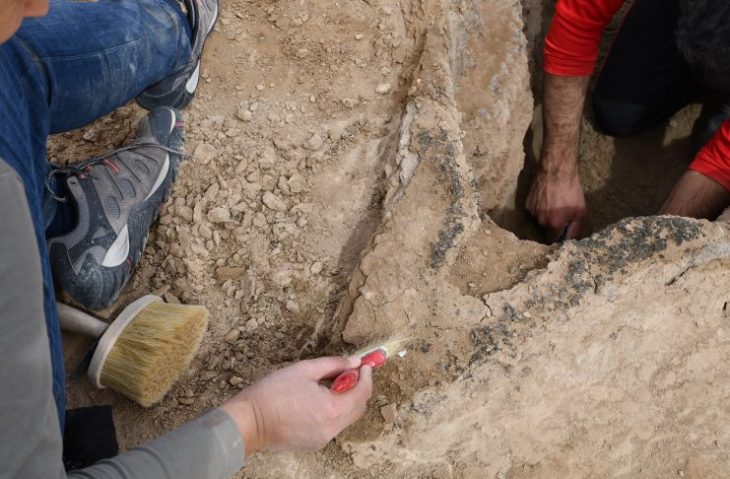A sarcophagus carrying the title of “Emperor’s protector” was discovered in the province of Kocaeli in western Turkey. With the discovery of the sarcophagus, a soldier bearing the title of Emperor’s protector was documented for the first time in Anatolia.
Archaeological material culture remains were found during the foundation construction of a building between 2017 and 2019. During the rescue excavations initiated by the Kocaeli Museum Directorate, 37 graves were identified. During the studies on the tombs, a sarcophagus with the Latin inscription “Emperor’s Protector”, which has never been seen before in Anatolia, was encountered.
In the scientific studies conducted in company with Associate Professor Hüseyin Sami Öztürk from Marmara University, it was determined that one of the sarcophagi written in Latin belonged to Tziampo, the bodyguard of Emperor Diocletian.
On the sarcophagus, which is important for Nicomedia and Roman history, “I lived 50 years. I do not allow anyone other than my son Severus or my wife to be buried in this tomb. I served in the military for 9 years as a cavalry, 11 years as an ordinaryüs, and 10 years as a protector. If anyone dares to bury another in this tomb, he will pay 20 follis to Fiscus and 10 to the city coffers,” it is writing.

Serkan Geduk, Director of Kocaeli Museum, gave information to the UAV reporter about the subject, and said:
📣 Our WhatsApp channel is now LIVE! Stay up-to-date with the latest news and updates, just click here to follow us on WhatsApp and never miss a thing!!
“The sarcophagus is of great importance not only with the information contained in the inscription but also with two skeletons and small finds found in situ. Because the inscriptions on the protections of the Roman emperors known until now have survived without any other material remains. For the first time, an inscription of an imperial bodyguard; It has survived as a whole with two skeletons in the sarcophagus and grave gifts. In this sense, Tziampo Sarcophagus is the first in the world in this field. It is a great chance for us that this sarcophagus and the necropolis area around it have survived to the present day,” he said.
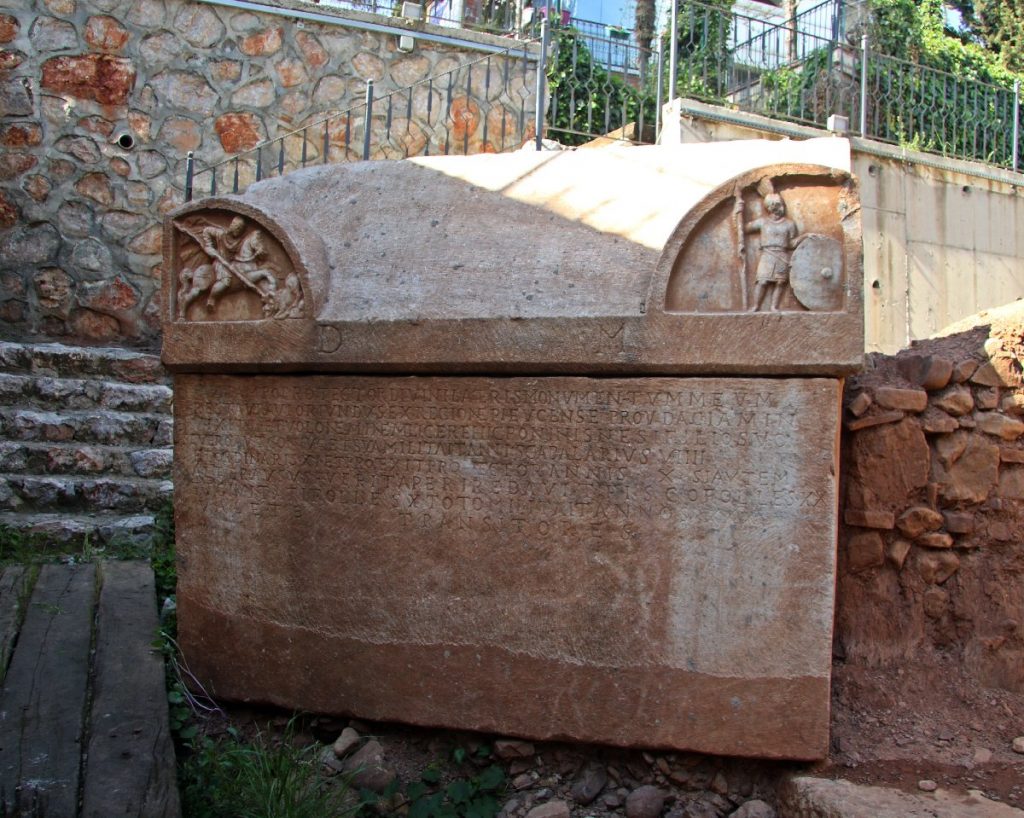
“Tziampo is the only documented emperor protector”
Noting that Tziampo, also called Emperor Diocletian’s ‘Adjutant’, was of Romanian origin, Geduk said, “Tziampo started his military career as a cavalryman and after 9 years of service, he was promoted to the rank of ‘ordinaryus’, that is, ‘captain’. After 11 years of captain career, we see that Tziampo took the title of ‘protector. Protector is a very important title given to the elite class soldier of the late Roman army. This mission was created with Emperor Gallienus and his full name is the “Emperor’s Protector.”
“The number of soldiers known so far and undertaking this task is 7. These are from present-day Italy, Croatia, Serbia, Algeria, and Arabia. With Tziampo, this number reached 8, and a soldier bearing the title of protector of the emperor was documented for the first time in Anatolia. Moreover, Tziampo is the only emperor protector for now that can be documented not only with inscriptions but also with his skeleton and burial gifts,” he said.

